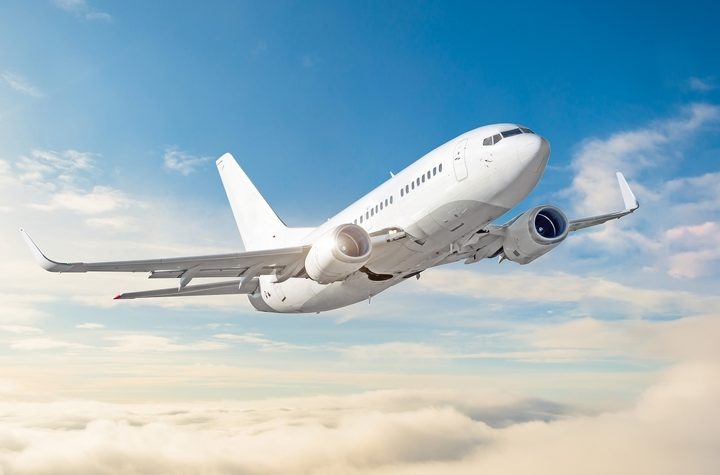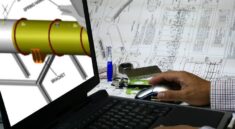Have you always fantasized about becoming a pilot or wanting to fly a plane? You can if you are determined to make your dream a reality. With the right skills sets and proper training, you can maneuver even the big Boeing aircraft.
You can always train as a professional and licensed pilot, or you can take a few flying lessons to see if you want this to be a full-time profession. There are manuals and even books that will teach you to fly a plane, but you must have practical experience and should join an aviation training institute to help you develop your flying abilities. If you join a flight school, you will first learn how to fly small planes, before moving onto bigger models as well as learning about different types of aircraft maintenance software.
Once you master the skill of flying a plane, you must ensure communications, precise navigation and safety to fly any size plane. Here are ten essential steps on how to fly a plane:
1. Inspection
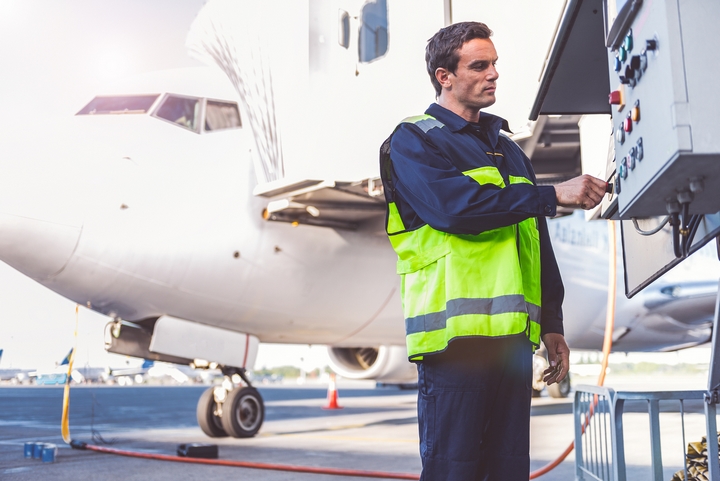
Licensed and professional pilots have to ascertain that the aircraft is in good condition to fly. They have to complete a thorough examination of all systems and controls, confirm with the mechanic’s department, check emergency supplies and ensure all papers and logbooks are in place.
2. Flight control
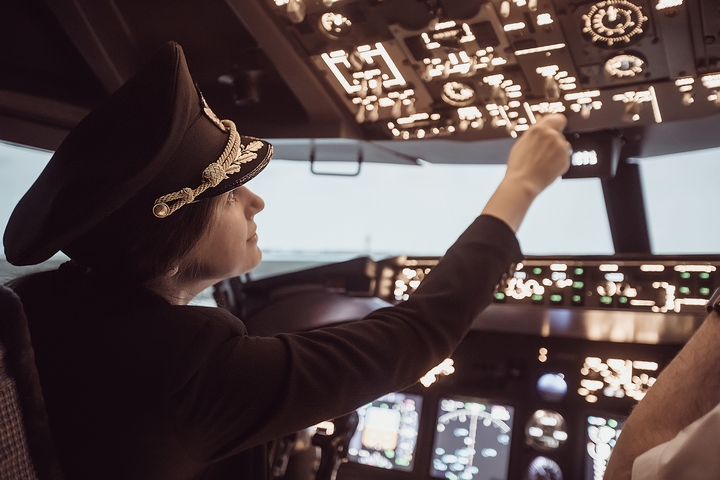
When ready to fly, the pilot takes the seat in the cockpit. This is where all the powers and systems are contained to operate the airplane. They will have to check the yoke (control stick), rudder pedals, throttle and all other controls are in good working condition and ready to engage.
3. Flight instruments
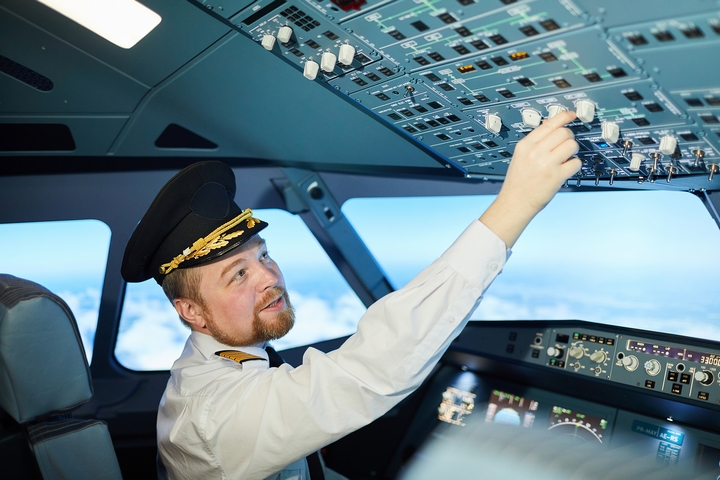
The flight instruments provide information to the pilot to assist them with their flight path and procedures. The instruments provide airspeed in knots, temperature, altitude, density and air pressure. Once the pilot has checked the controls, they then move on to check all instruments for an accurate reading.
4. Pedals
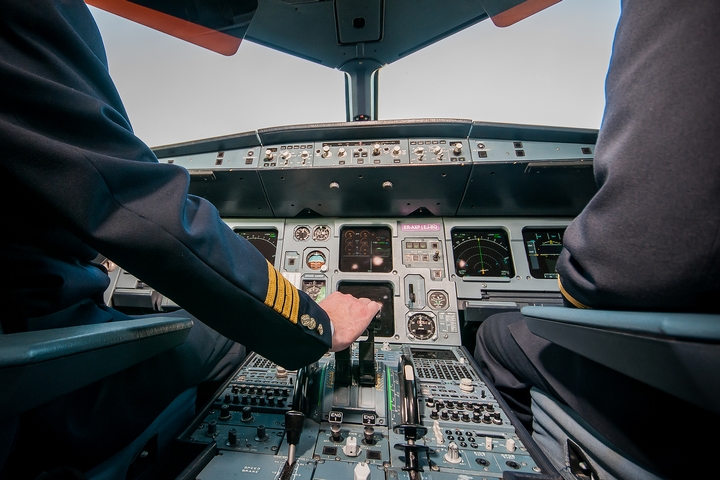
The rudder pedal is the most critical control for the airplane. This pedal has to be in good working condition on the day of the flight as it is the central control that enables the aircraft to yaw in air. It is an important system that will keep the plane in balance throughout the journey.
5. Landing gear
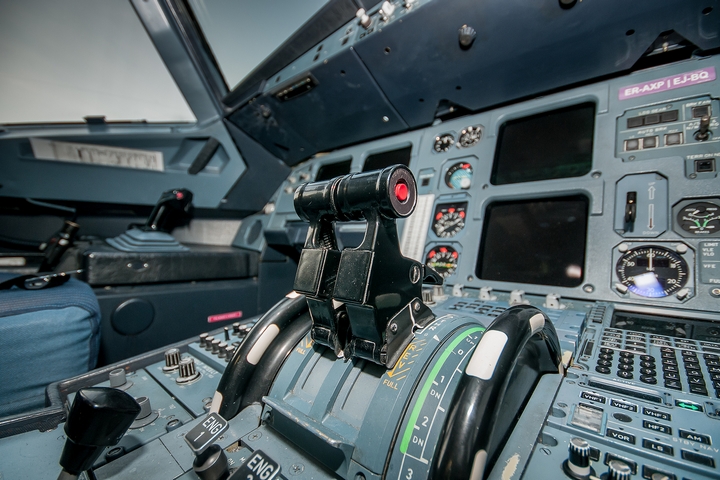
The landing gear should be checked before takeoff. This control is needed to take off, land and taxi the plane without any damage.
6. Flap adjustment
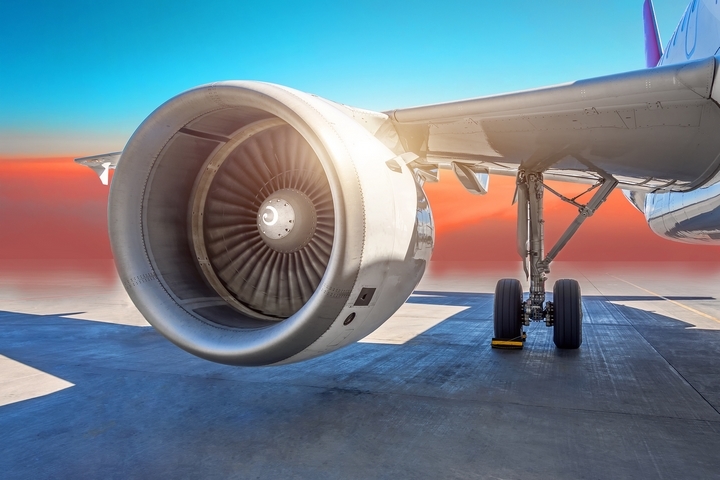
Once the pilot is confident that all systems, controls and instruments are effectively operating, he or she will then move on to adjust the flaps of the plane for extra lift during takeoff. The flaps will increase the lifting of the aircraft wing and can be retracted when not needed.
7. Communications
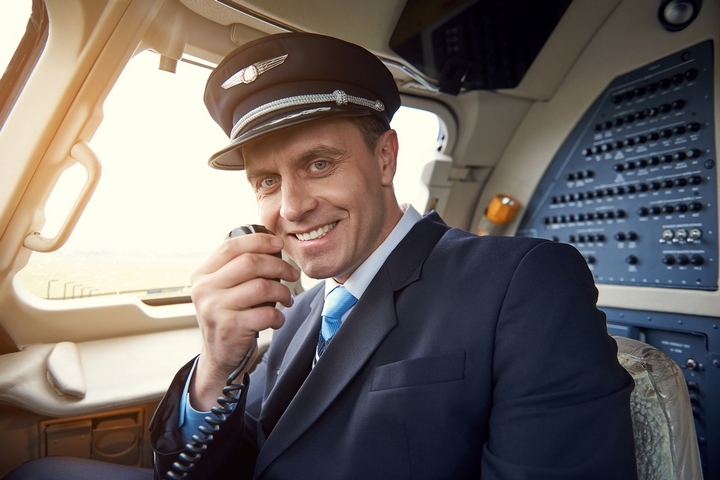
When the inspections and check are completed, the pilot has to communicate with the Air Traffic Control and ground control staff. This is because the pilot requires permission to takeoff. The control staff will provide the pilot with more information that has to be communicated to ground control staff before receiving clearance to proceed to the runway.
Once the pilot is given permission, he/she propels the plane. At this point, the pilot will still be receiving instructions from the ground control staff. The pilot will take control of the yoke and start building speed for the aircraft.
8. Yoke and Takeoff
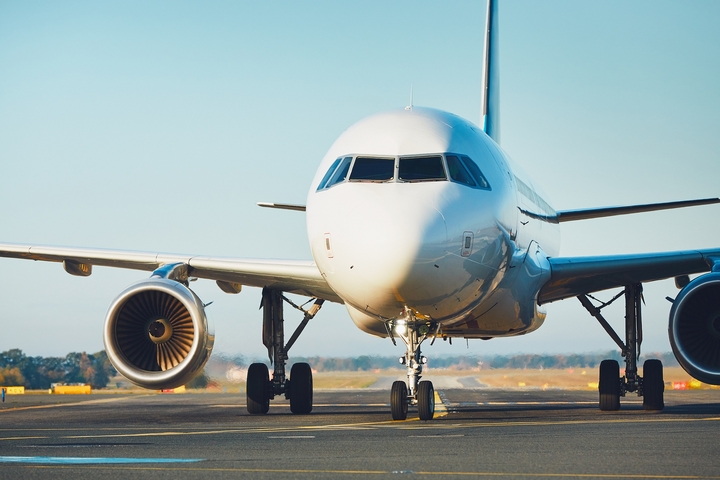
For a successful takeoff, the plane has to achieve a certain level of speed for the wings to create sufficient lift. When the flaps are down, the throttle should be pushed as forward as possible to generate thrust. This is when the plane starts proceeding to the runway. If the flight is not moving in a straight line, the pedals are applied to correct the plane alignment.
When the plane has achieved enough speed and lift, the pilot will pull back the yoke to lift the aircraft into the air. Before takeoff, the pilot has to notify the Air Traffic Control that he/she has the plane ready for takeoff and wait to be cleared to increase speed.
9. Cruising speed
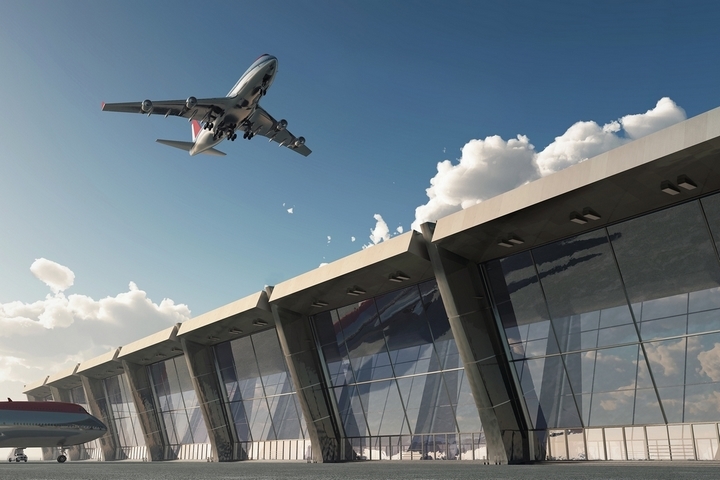
Controlling the flight in the air is not complex. The flight will reach a certain height and airspeed specified by the Air Speed Indicator. The pilot will constantly scan the indicator to keep the plane at the right altitude. Most planes will have a cruise phase which is used once the aircraft is at a set altitude.
10. Landing
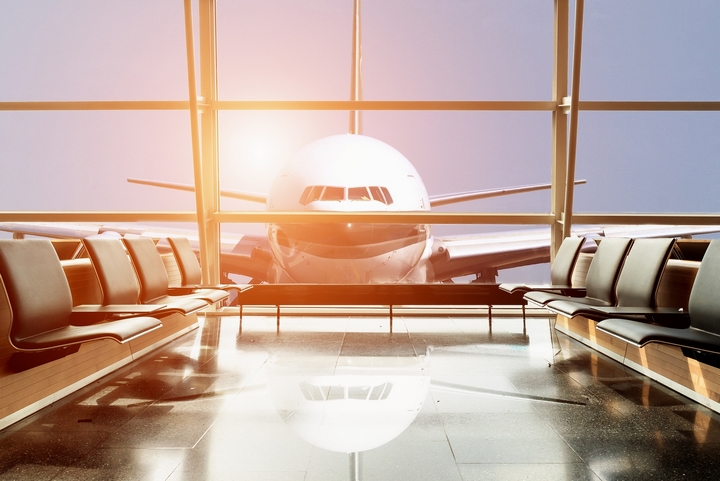
Landing is the most challenging maneuver as it involves descending the plane and managing the airspeed. As the plane is approaching the airport and runway, the pilot will slow down the speed of the plane, lower the flaps and pull the throttle back.
Gentle adjustments are made to prevent the plane from stalling and to control the angle of descent. The pilot will use both the yoke and the throttle to position the plane until the wheels touch the ground. Once landed, the pilot applies the brakes and slows down to a final halt. Before landing, the pilot ensures to get clearance from the Air Traffic Control.

